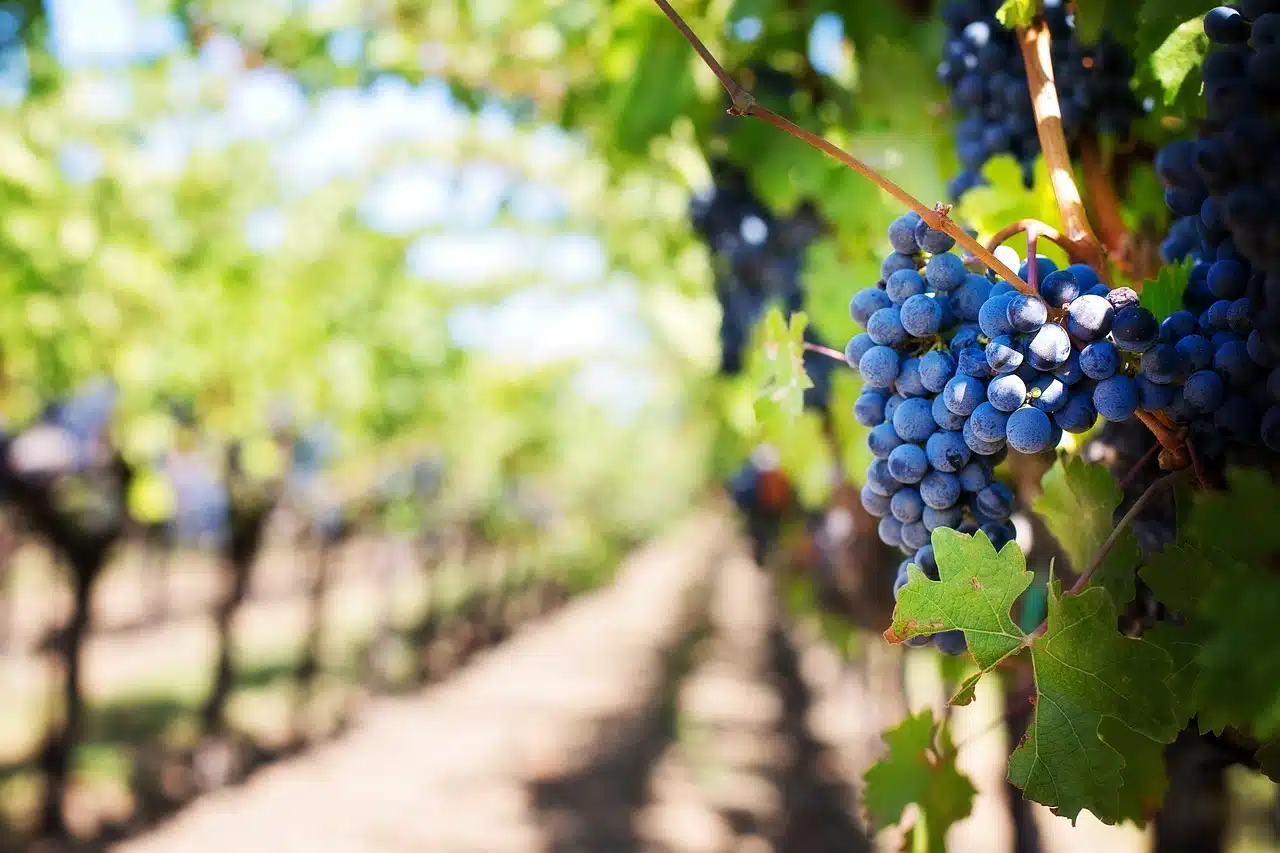
The land where vines are planted is called a vineyard.
A vineyard is land planted with vines . The term, coming from the Latin vinetum , is usually used as a synonym for vineyard and is linked to the production of grapes and, therefore, to the production of wine .
Traditional wine grape plantations are usually developed under the modality of dry farming, in which man does not add water and limits himself to taking advantage of what rain provides.
Throughout history, vineyard plantings have been carried out in different ways. Currently, the most common vineyards are those whose plantations are organized in rows with trellises or trellises.
Vineyards and science
The systematic cultivation of the vine that is used for the production of wine is known as viticulture . It is a branch of the science of horticulture (growing in gardens).
The science that is specifically dedicated to the production of wine is called enology . Its experts take care of the vineyards so that the drink reaches its optimal conditions of aroma, flavor, color and texture , among other qualities.
It is important to highlight that 0.5% of the arable land on the earth's surface is covered by grapevine crops. 66% of the harvested grapes are used to make wine, leaving 34% for consumption as fruit.
Depending on the characteristics of the vineyards (among which is the type of grape grown, in addition to certain environmental factors), red wine , white wine or rosé wine can be produced.

The grapes used to make wine are obtained from the vineyards.
white wine
White wines are mainly characterized because fermentation takes place on clean must; This means that first the white grapes are destemmed and pressed to obtain the must that is separated from the solid elements, and only then does the fermentation proceed.
Transforming must into wine, which can also be understood as converting sugar into ethanol, is usually done in stainless steel containers, since they allow greater thermal control throughout the process and considerably facilitate cleaning, making it faster and more efficient.
The temperature used during fermentation usually revolves around 16 °C; It is important to note that the more heat, the more likely it is to lose the primary aromas that are associated with each variety. Depending on the case, this process can be carried out in an oak barrel, even with a wine whose production has ended, with the intention of increasing its volume and softness, without forgetting the benefits added by contact with the wood.
Vineyards and rosé wine
Rosé wine is made from red grapes. The must and skins must be in contact for a few hours, taking into account that the more time they spend together, the more color the wine becomes. The result is an absolutely clean fermentation, as occurs with white must, with the difference in tone.
Just as for the production of white wine, the fermentation of rosé wine usually takes place at temperatures that do not exceed 16 °C. It is worth mentioning that it is not common to age rosé wine in oak barrels.
Red wines
The fundamental characteristic of red wines is that the fermentation of the must takes place in contact with the solid elements of the harvest : the seeds and skins. Broadly speaking, the following phases in its production can be identified: the grapes are destemmed, crushed, the resulting paste is taken to the tank , alcoholic fermentation is carried out, it is devatted and the malolactic fermentation proceeds.
Regarding the process temperature, it is usually around 25 °C, which guarantees the highest possible heat extraction. Furthermore, it is possible to obtain very complex wines through aging, enhancing their flavors and elevating their sensations thanks to the wood.
